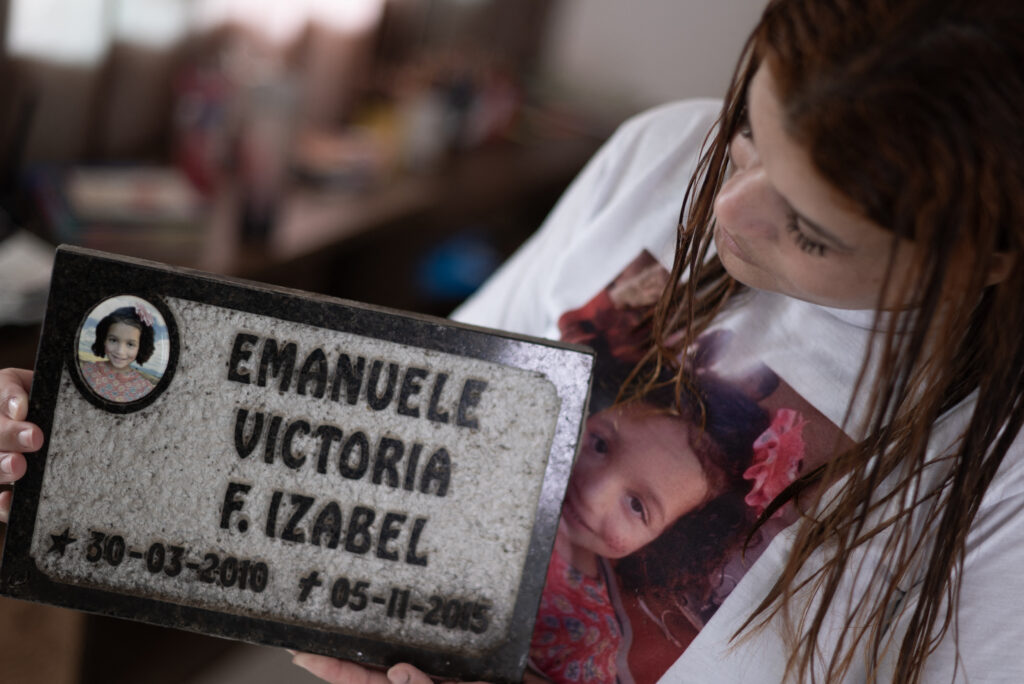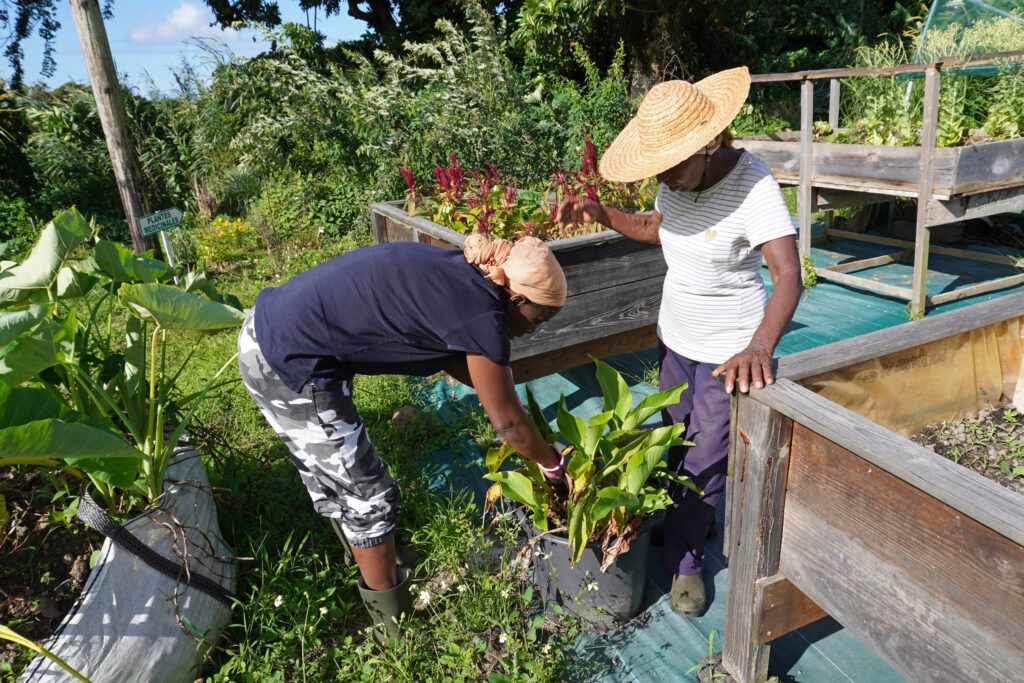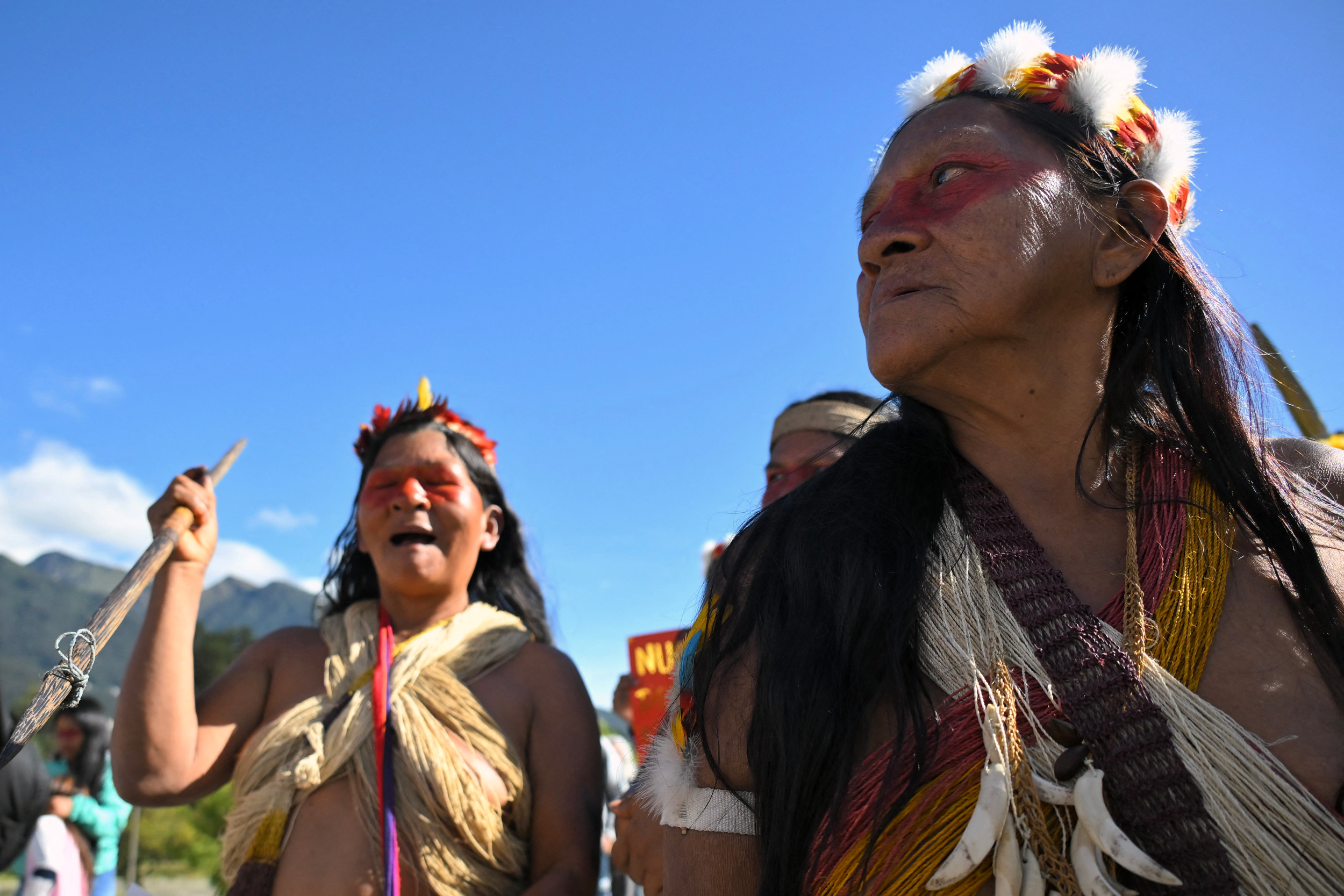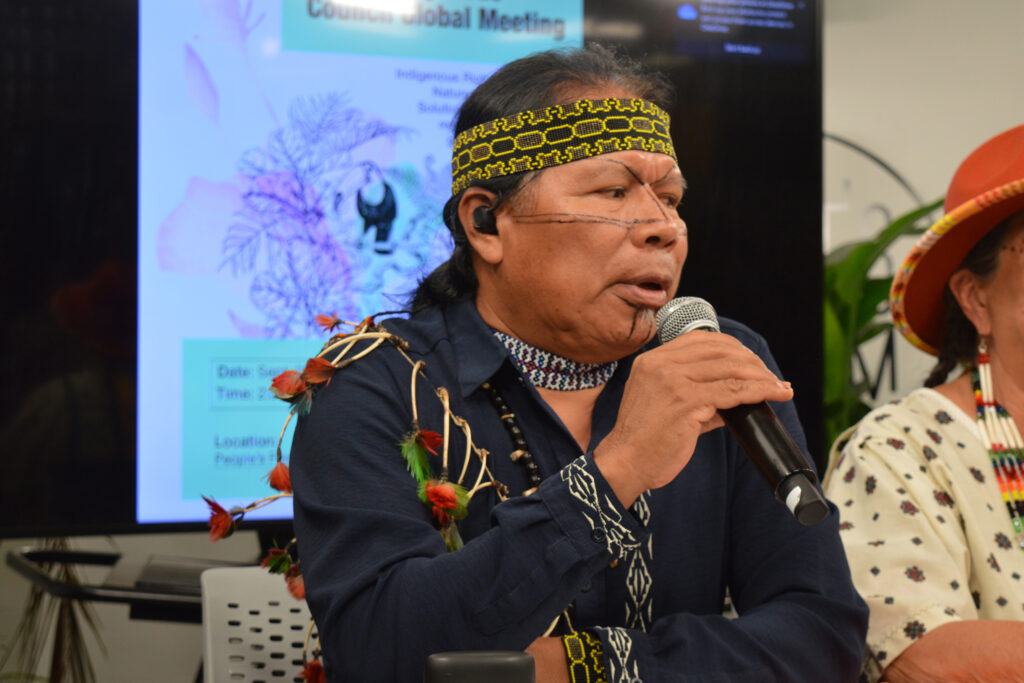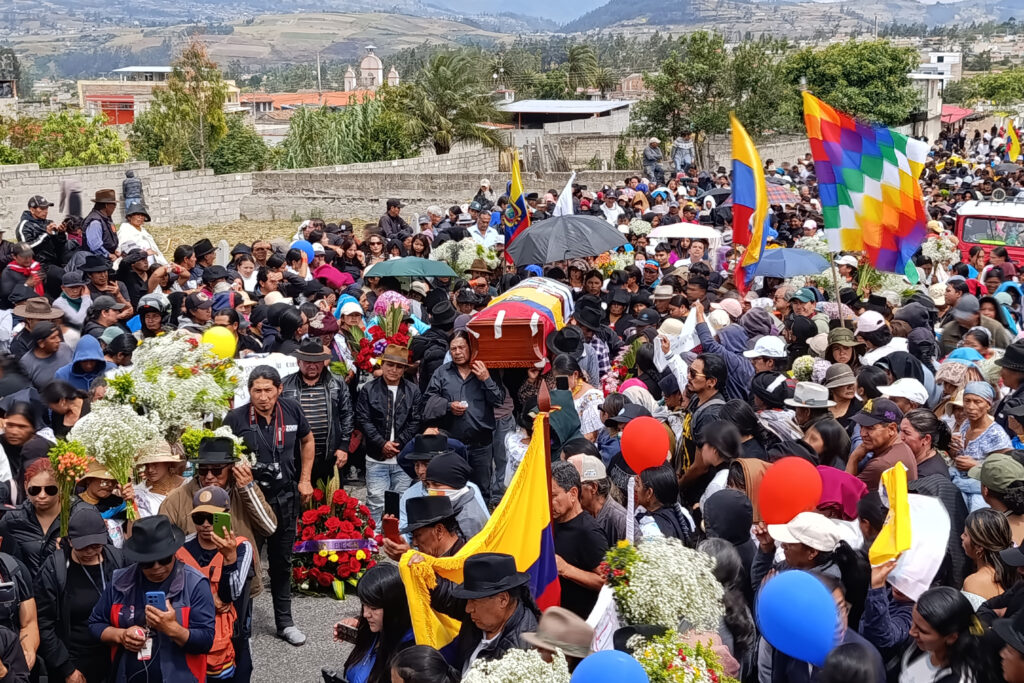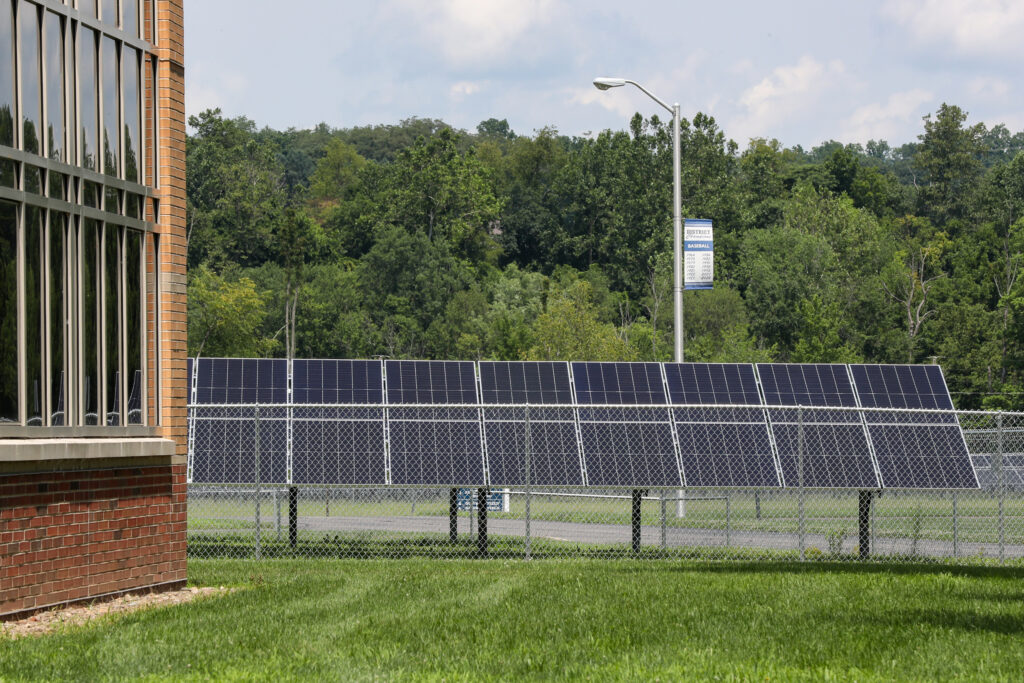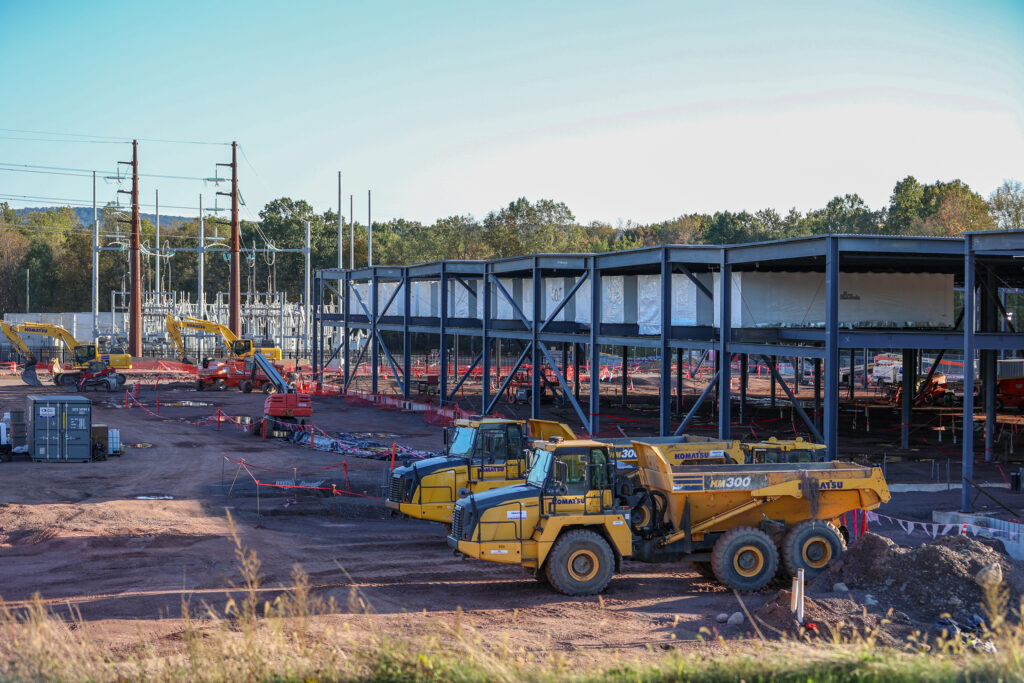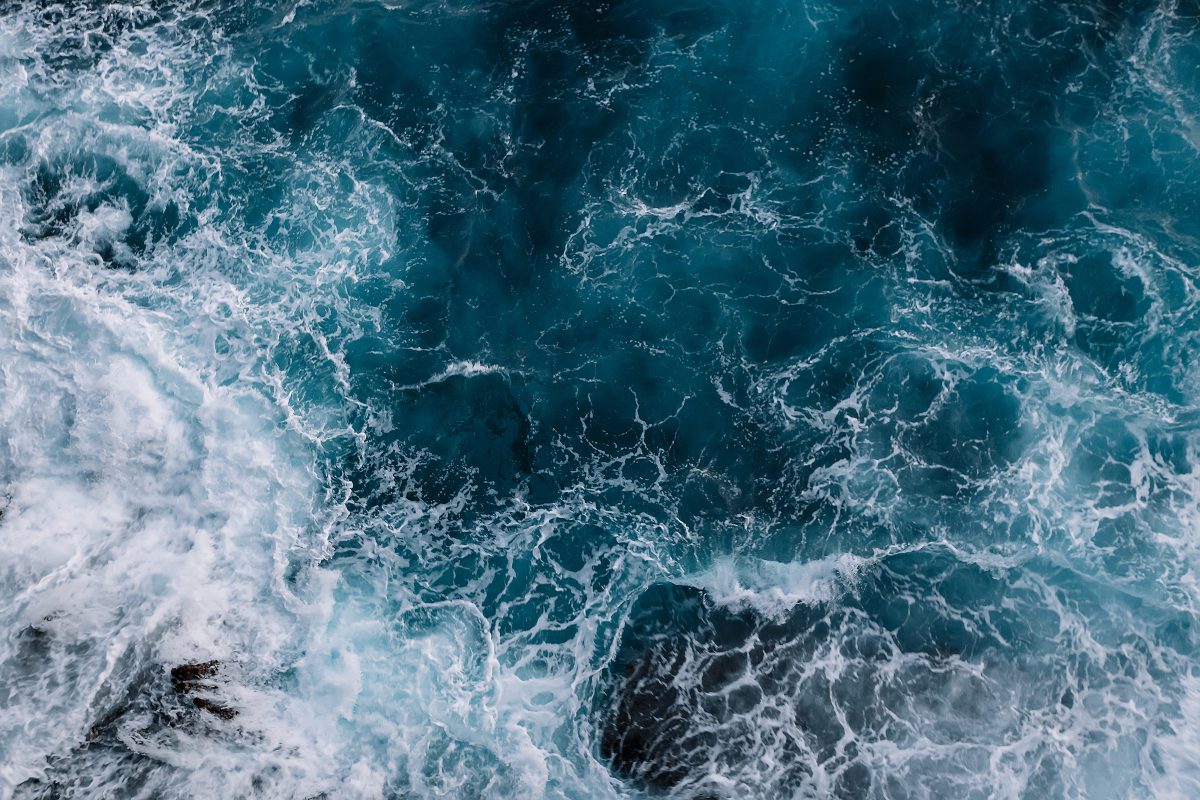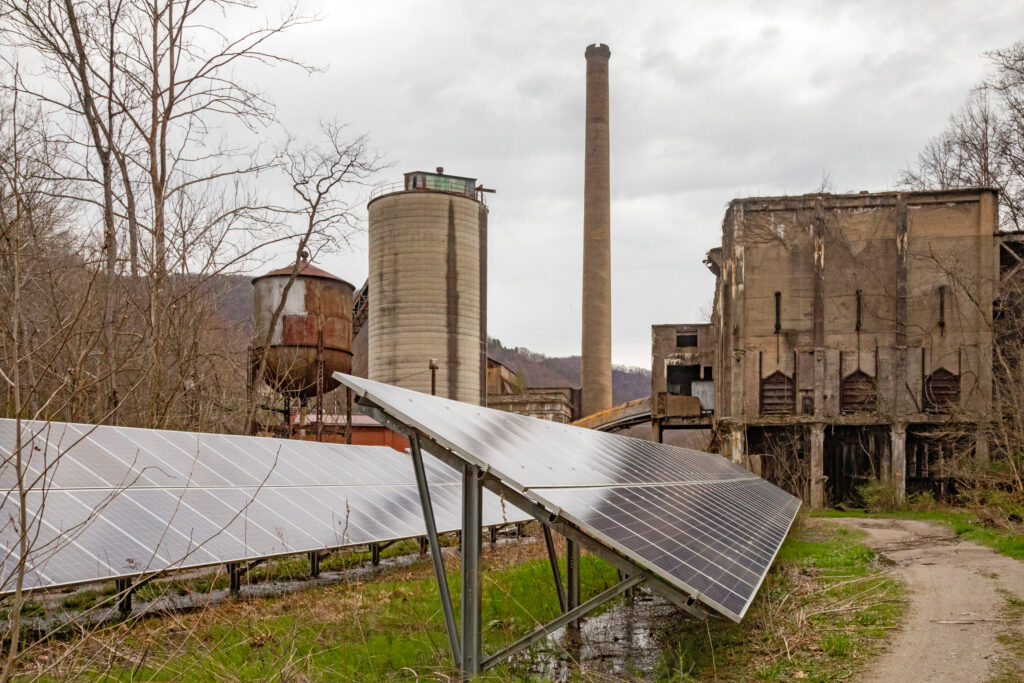In 2015, a mine tailings dam failed near the town of Bento Rodrigues, in the Brazilian state of Minas Gerais. The collapse spilled about 40 million cubic meters of iron ore mining waste into the landscape, burying villages under mud, killing 19 people and polluting thousands of streams along the River Doce.
One year ago, a Brazilian federal court acquitted the mine’s parent companies, Vale in Brazil and BHP in Australia, of criminal charges, three weeks after they announced a $30 billion settlement with Brazil’s government to pay for damages.
But a High Court in the United Kingdom ruled on Friday that BHP is liable for the dam collapse under Brazil’s environmental and civil law and could be on the hook to pay even more.
“For us it represents a very important milestone,” Mônica dos Santos, a resident of Bento Rodrigues who lost her home and her friends in the Nov. 5, 2015 disaster, said in a video message. It’s about “holding BHP accountable for the crime that occurred” on Nov. 5.
In a statement to Inside Climate News, the president of BHP Americas, Brandon Craig, said that the company intends to appeal the court’s decision and that Brazil is the more appropriate venue through which to provide remediation. He said the payouts already made through the settlement agreement there should reduce the more than 600,000 claimants in the U.K. case by half.
“The court has upheld releases provided in Brazil and 240,000 claimants in the U.K. group action who have already been paid compensation in Brazil have signed full releases,” said Craig.
The British law firm Pogust Goodhead filed the case on behalf of about 620,000 claimants, including individuals, businesses and municipalities seeking up to $47 billion in damages. The case claimed that BHP, a 50 percent owner of the mine’s operator Samarco, was negligent in funding the mine’s expansion even though it knew the Fundão dam was at risk of collapse. They brought the case in the U.K. because one of BHP’s legal entities was registered there at the time.
Caroline Narvaez Leite, legal director at Pogust Goodhead, said that some claimants who had received money from settlements in Brazil may not have waived rights for all of the damages they suffered and that compensation under the lawsuit would have to be assessed on a case by case basis. A trial to assess the damages is scheduled for October.
In a 233-page decision on Friday, Judge Fiona O’Farrell ruled that “the risk of collapse of the dam was foreseeable” and that it was “imprudent” of BHP to continue to raise the dam given the “obvious signs of contractive, saturated tailings and numerous incidents of seepage and cracking.” She wrote that the company was responsible even though it did not directly own and operate the dam.
Leite, said the decision was groundbreaking because it marked the first time that one of the companies has been considered liable since the disaster occurred 10 years ago.
“BHP was considered strictly liable as a polluter under Brazilian environmental law, but also based on fault, on their own fault due to their negligence in relation to the collapse,” said Leite. “What we’re trying to do is get full compensation and make sure that everyone who suffered losses is going to be repaired or compensated for the specific losses that they have.”
The High Court ruling comes as delegates from around the world have gathered in Belém, Brazil, for COP30, the United Nations’ annual climate talks, where nations will spend two weeks negotiating a global plan to reduce greenhouse gas emissions. Brazilian president Luiz Inácio Lula da Silva has championed environmental causes and made strides in reducing deforestation in the Amazon by 50 percent. He has also been criticized for his support of extractive industries, including approving oil drilling this summer at the mouth of the Amazon River.
This story is funded by readers like you.
Our nonprofit newsroom provides award-winning climate coverage free of charge and advertising. We rely on donations from readers like you to keep going. Please donate now to support our work.
Donate Now
Edson Krenak, one of the Indigenous activists from Brazil attending the conference, said his people, the Krenak, continue to be affected by the contamination of the Doce River, which they call the Watu.
“We lost the traditional places our families used to visit, for rituals, for prayers along the river,” he said. “These places are no longer safe. … We still receive water from trucks, we still cannot safely plant our crops and have our animals drink from that water.”
He said that the regulation of mine tailings continues to be a major concern in Brazil, and that he regularly receives reports about negligent management practices from communities around the country.
“Tailings in Brazil are not safe. They are not any safer than they were 10 years ago; they are still the same,” said Krenak. “The regulators, the legislature are not catching up with the industry to hold them accountable and responsible for proper, safe closures.”
He said that he had been to two events at COP30 about mining standards hosted by industry and the U.N. that did not allow for audience questions, including one today where the Mariana disaster and the U.K. ruling did not come up.
“I’m shocked by the silence,” he said. “No one’s really talking about that.”
About This Story
Perhaps you noticed: This story, like all the news we publish, is free to read. That’s because Inside Climate News is a 501c3 nonprofit organization. We do not charge a subscription fee, lock our news behind a paywall, or clutter our website with ads. We make our news on climate and the environment freely available to you and anyone who wants it.
That’s not all. We also share our news for free with scores of other media organizations around the country. Many of them can’t afford to do environmental journalism of their own. We’ve built bureaus from coast to coast to report local stories, collaborate with local newsrooms and co-publish articles so that this vital work is shared as widely as possible.
Two of us launched ICN in 2007. Six years later we earned a Pulitzer Prize for National Reporting, and now we run the oldest and largest dedicated climate newsroom in the nation. We tell the story in all its complexity. We hold polluters accountable. We expose environmental injustice. We debunk misinformation. We scrutinize solutions and inspire action.
Donations from readers like you fund every aspect of what we do. If you don’t already, will you support our ongoing work, our reporting on the biggest crisis facing our planet, and help us reach even more readers in more places?
Please take a moment to make a tax-deductible donation. Every one of them makes a difference.
Thank you,



